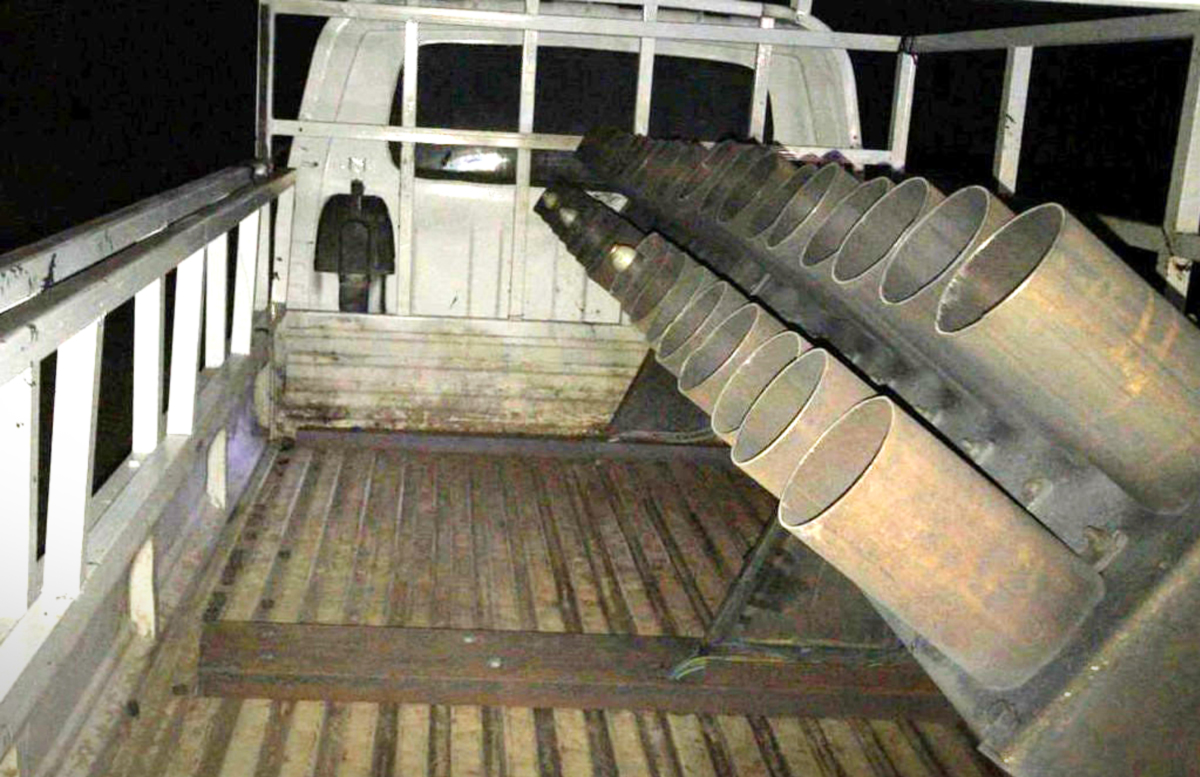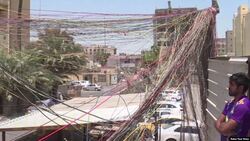Iraq’s Resurgent Paramilitaries use telegram in fostering new identities, Report

Shafaq News/ Paramilitary surrogates are popping up in Iraq with strong links to existing militant networks. The application Telegram has been crucial in fostering new paramilitary identities. Carnegie endowment for international peace reported.
The research center said “Iraqi paramilitary groups opposing U.S.-led coalition forces, including Iran-backed Kata’ib Hezbollah (KH) and Asa’ib Ahl al-Haq (AAH), use Telegram to create new groups that publicize their attacks. For prominent groups, this cultivation of new militant identities taking credit for attacks on U.S.-led troops deflects attention from their responsibility, complicating U.S.-reprisals and deflecting domestic political pressures.”
According to the research center, nearly two dozen new Telegram channels have materialized over the past year alone and claim to represent previously unknown paramilitary groups, roughly 75 percent of the emergent organizations are paramilitary, and 25 percent are armed vigilantes.
“This apparent rise in new actors within Iraq’s highly fragmented paramilitary landscape has occurred since March 2020. Between March 2020 and March 2021, at least twenty-six new groups have appeared including Usbat al-Tha'ireen (The League of Revolutionaries), Ashab al-Kahf (The People of the Cave), Jund Soleimani (The Soldiers of Soleimani), Saraya Awliya al-Dam (The Blood Guardians’ Companies), and the well-known Raballah (God’s People), who perform lately a military parade in the Iraqi Capital Baghdad.
“Concurrently, some of the Telegram channels belonging to surrogate groups attracted more new followers than Telegram channels openly affiliated with long-standing paramilitary groups. For example, as of mid-April 2021, Ashab al-Kahf, a prominent surrogate, had over 8,000 followers.”
“The new channels share flashy announcements, including self-described vigilante groups threatening to attack embassies and Iraqi political parties. Though actors on these new Telegram channels are credited with anti-United States operations and attacks against domestic rivals–occasionally sharing footage of attacks–there is no proof of their physical presence or formal structure.” The report said.
The lack of concrete information indicates that they are either surrogates given a margin of autonomy from major paramilitaries or merely the major groups attributing their attacks to fictitious surrogates on Telegram. Carnegie concluded.
“The Telegram channel, “Sabereen News” (the Patient People’s News) has become central to the emergence of these new groups. Though Sabereen News has not associated itself with a specific group, the channel is used to publicize militant operations claimed by various groups. As such, social media has proven effective in diverting attention from Iraq’s main paramilitary organizations—Sabereen’s monthly subscribers skyrocketed by 150 percent in June 2020 when Iraqi paramilitary attacks against coalition forces increased.”
According to Carnegie’s report, This growth has since slowed likely due to the saturation of Telegram with competing channels that cover attacks against the coalition forces.
On marketing strategies followed by these groups, the report said these factions have emerged as pivotal to the legitimacy of these new identities.
“Surrogates promoted by Sabereen and other channels share branding similarities with other militant networks, further underscoring possible linkages, notably, the emblems of many of these new groups resemble that of Iran’s IRGC, and several of these groups replicate the names and symbols of pre-existing Shia and Sunni armed groups.”
Announcements of new groups peaked in September 2020, with the announcement of nine new armed groups, followed by a dramatic decrease in October. In October 2020, Iraq’s paramilitaries offered a “conditioned opportunity” (armistice), to the United States to prevent further escalation and minimize domestic pressure in exchange for an urgently scheduled withdrawal of U.S. troops. This armistice was issued through the so-called Iraqi Resistance Coordination Commission (IRCC), an entity claiming to speak on behalf of an axis of paramilitaries in the country. Spearheaded by four prominent paramilitaries, the IRCC is influential in Iraq’s paramilitary arena primarily due to the leadership of KH and AAH. However, cooperation between KH and AAH is strengthened by the participation of Harakat al-Nujaba (HaN)—a group positioning itself as a facilitator between different Iran-backed Iraqi paramilitaries—and Kata’ib Sayyid al-Shuhada (KSS)— a group visible in Syria—in the IRCC.
“The threat posed against those groups after the U.S. assassination of the two leading figures, the IRGC Quds Force’s Qassem Soleimani and the Popular Mobilization Units’ Deputy Commander Abu Mahdi al-Muhandis in January 2020 necessitated uneasy collaboration in Iraq’s highly competitive paramilitary environment. Through this cooperation, Iran has been able to consolidate a semblance of control over Iraq’s groups through the IRCC framework, persuading them to act in conjunction to perpetuate the idea of generating new militant identities.” The report stated.
“Under the IRCC conditioned opportunity, rocket attacks by paramilitary groups against the U.S. Embassy and Iraqi bases hosting U.S. troops declined between October 2020 and late January 2021. Conversely, during that period, attacks on logistical convoys allegedly supplying the coalition forces increased, as they presented a lower profile form of anti-U.S. action”
“Furthermore, most of these attacks occurred in central and southern Iraq, the strongholds of the paramilitary groups. Additionally, coordinated attacks by vigilante groups against Iraqi parties and media perceived to be close to the United States became relatively more visible. The ability of these obscure actors to increase their operations under the IRCC armistice indicates Iraq’s prominent paramilitary actors, either unilaterally or in a coordinated effort, pursued a high-risk strategy against the United States that could have invited a strong reprisal.”
On the Trilateral relations between Iraq, Iran, and the United States, the report said it continue to impact the strategy and operations of Iraq’s paramilitaries. During president Trump’s exit from the White House, Iraq’s paramilitary network resumed operations with the announcement of two groups and the completion of over twenty operations against logistical convoys.
“Furthermore, since January 2021, operations targeting coalition forces’ bases with rocket attacks have been on the rise. On March 4, 2021, the IRCC implicitly revoked its October armistice by blessing new anti-United States attacks in 2021—including rocket attacks that those groups had previously avoided endorsing last year. Later, the IRCC openly revoked the armistice in a statement released on April 7, the same day Iraq and the United States held their third strategic dialogue. The Biden administration’s relative de-escalation against Iran’s regional axis contributed to cohesion between major Iraqi paramilitary groups. This created smoother modus operandi for those groups to stage anti-U.S. attacks through surrogates.”
The concession to allow surrogate groups is a calculated trade-off for major Iraqi paramilitary groups. Surrogate groups provide them an avenue for plausible deniability in regard to attacks against U.S.-led troops. With the surrogate groups claiming responsibility for attacks, major groups have not been able to publicly show-off their individual capabilities to attack U.S.-led forces. The current mushrooming of surrogates puts into question the future of those groupings and constructed identities. This current wave of surrogates can become the cornerstone of a new class of “special groups,” similar to the class of paramilitaries Iraq witnessed after the U.S. invasion of 2003.





